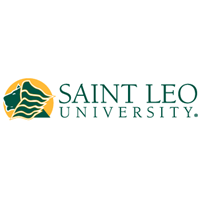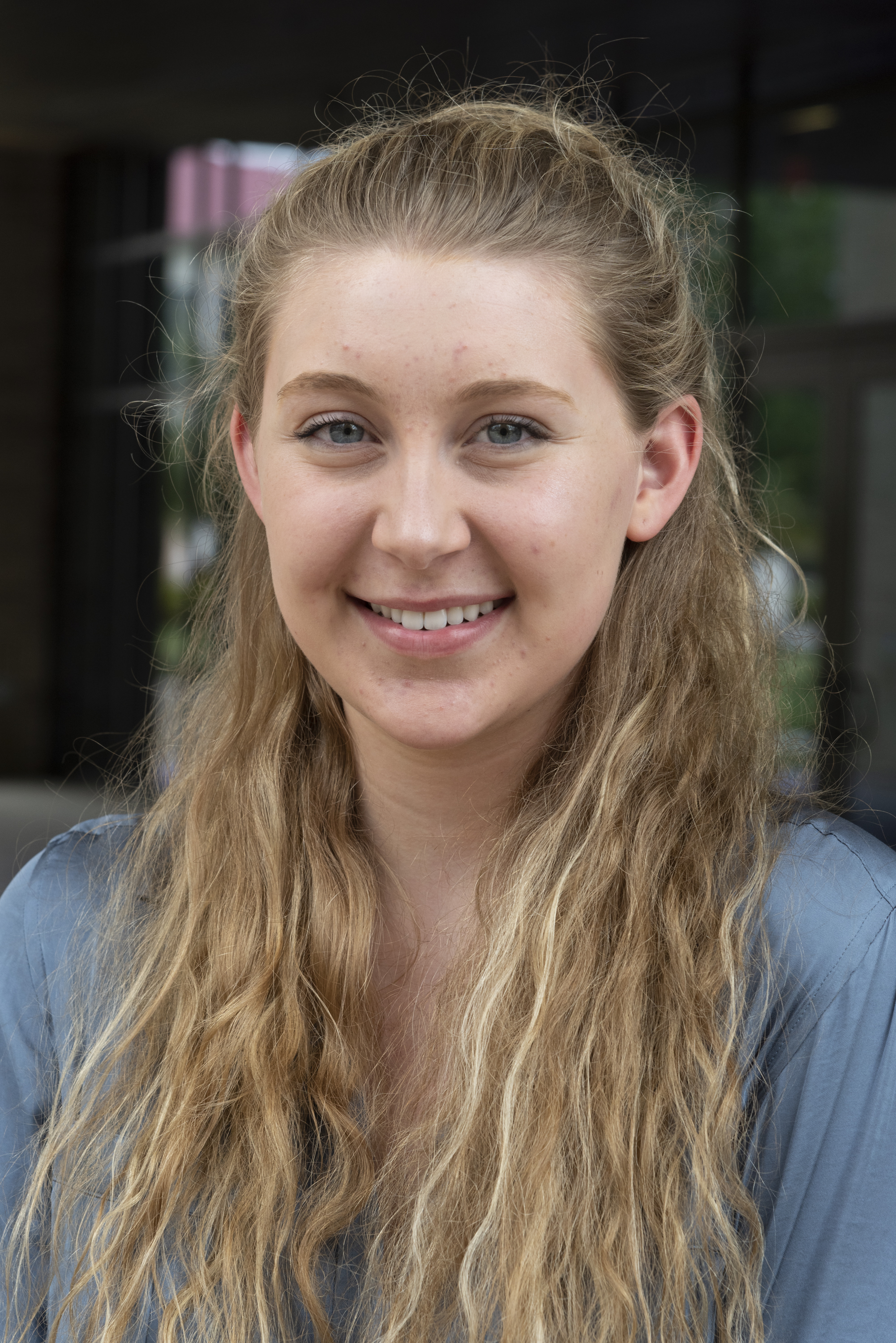Below is a summary of the abstract you submitted. Presenting author(s) is shown in bold.
If any changes need to be made, you can modify the abstract or change the authors.
You can also download a .docx version of this abstract.
If there are any problems, please email Dan at dar78@pitt.edu and he'll take care of them!
This abstract was last modified on May 2, 2019 at 1:55 p.m..

In Fall 2018, Saint Leo University was inducted into Cohort 11 of the SEA-PHAGES Program. In our first year, a total of fourteen bacteriophage were isolated from soil samples, using the bacterium Microbacterium foliorum as host. The soil samples were acquired at various locations, from Florida to Maryland, with the home campus of Saint Leo University providing the most popular site. The isolation, purification, titer determination, and further assessments of the bacteriophage were done using protocols provided by the SEA-PHAGE program. Plaque morphologies were ascertained, and transmission electron microscopy performed. RFLP analysis of bacteriophage genomic DNA was also undertaken, in addition to the utilization of a host specificity assay.
Sequencing data from three of those phage were obtained and analyzed. One was an EE cluster phage [Kaijohn]. This cluster currently has 28 members, of which, 14 have been annotated. Kaijohn is analogous in sequence and gene arrangement to its closest cluster phamily members, as seen in Phamerator. Kaijohn would also appear to share the gene 10 and 11 gene slippage motif for the formation of the tail assembly chaperone protein. The sequences of two further phage, both EK, were obtained. One of those genomes [Wesak] has been identified as an EK1 cluster member. At the time of obtaining the sequences only one previous EK1 phage, ArMaWen, had been annotated, however, there are three other draft EK1 genomes awaiting final annotation. It would appear that Wesak has a close relative in another draft phage, Tiny Timothy, however it would seem that both have several genes that differ from the annotated ArMaWen phage. While Wesak shares many similarities with Tiny Timothy, there are intriguing differences. These include the fact that both Wesak and Tiny Timothy have orphams at genes 16 and 17, however, both of those genes have initially been designated as distinct orphams. Gene 35 in Wesak has a similar relative in Tiny Timothy but is also seen in the phage Araxxi, an EM cluster phage, but these are the only known instances of those genes. While gene 36 in Wesak is again, a member of the same phamily as gene 36 in Tiny Timothy [the only two members of this phamily], gene 37 is seen in both but also in Burro, another EM phage. Wesak would then also seem to have another orpham in gene 39. The other sequenced EK phage, Blue Rugrat, has not been recognized officially yet, and so has yet to appear in sites such as Phamerator. However, we have been able to use programs such as DNA Master and NCBI Blast to analyze the similarities and differences with Wesak.

